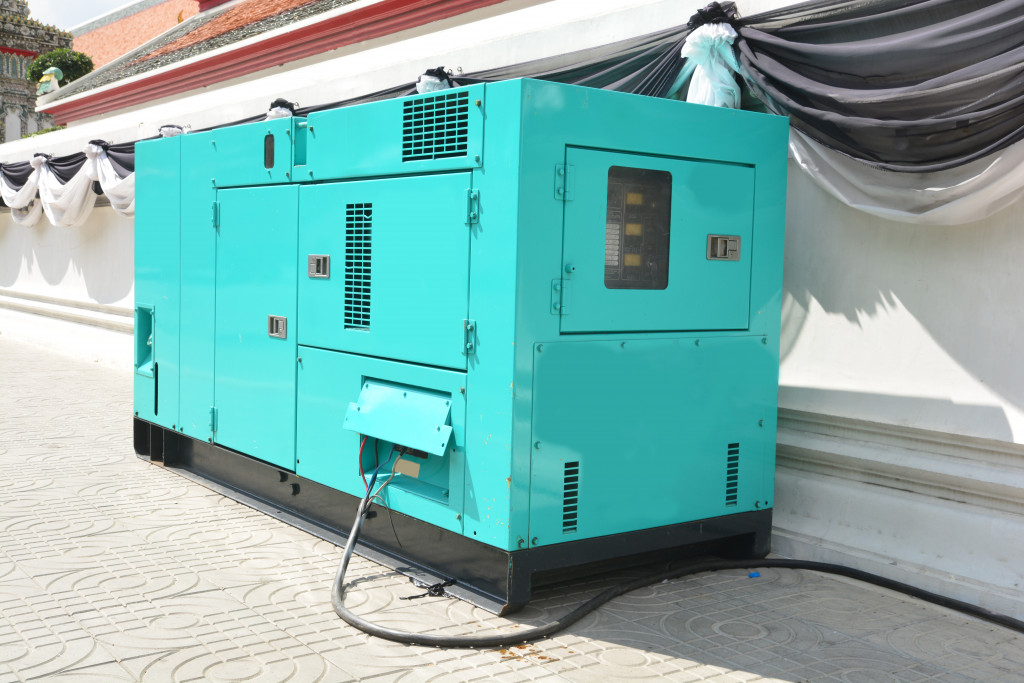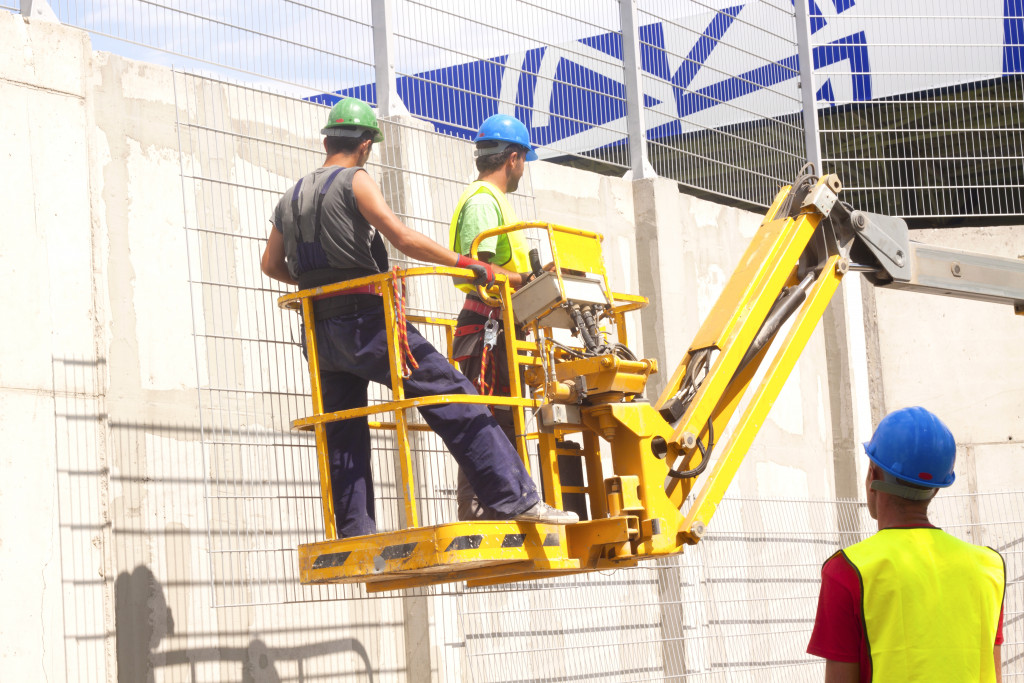If you’re about to build a home for the first time, one of the things you need to consider is a power source. Electrical lines won’t be installed on the site immediately. So without electricity, how are you going to use your power tools?
Contractors and builders use generators. It’s a device that converts a form of energy into electricity. You probably know it as a boxy, noisy device that runs every time the power is out.
But while one of the generators’ main purposes is to provide backup power, they can also act as the main power source, particularly in construction sites and other settings where a stable power source is unavailable. Hence, when you build your house, you’d also rely on generators to power up the site and increase productivity.
If you’ve never bought a generator for this specific purpose before, here are the types your shopping list should include:
1. Industrial Generator
An industrial generator is a generic term for generators used in construction sites. It provides a wide range of power supply characteristics, from 20 kW to 2,500 kW. Industrial generators can be customized and use different kinds of fuel, such as natural gas, kerosene, propane, gasoline, or diesel.
There are portable generators in the industrial category so that you can use one for jobs where a large industrial generator won’t be necessary. But before choosing any type of generator, identify the tools that would require power. Don’t just factor in the budget and the size of the site. Your land area doesn’t necessarily determine the size and type of generator you should use.
After making a list of your power tools, check the generators’ wattage. Multiply that number by the number of units you’d use. For example, two power drills that use 600 watts would need 1,200 watts of power to function. Therefore, your generator should be able to handle that much wattage.
A typical contractor’s list and computation look like this: The tools consist of a circular saw (2 units, 1,400 watts each), portable air compressor (1 unit, 1,200 watts), hand drill (2 units, 600 watts each), and battery charger (1 unit, 500 watts). The wattage totals to 8,000. But contractors usually add 10% to the total they’ve calculated. Therefore, they would require a generator that can produce 8,800 watts to be able to start the project.
2. Medium-powered Generator
A medium-powered generator can produce 20 kW to 200 kW of power. One kilowatt is 20,000 watts, so this generator is more than enough for your basic power tools. Sure enough, medium-powered generators are designed for building single houses, low-rise apartments, and small roads. They can also provide adequate power for minor repair jobs and temporary structures.
Aside from circular saws, air compressors, hand drills, and battery chargers, a medium-powered generator can be used for cement mixers, tile cutters, and temporary lifts or elevators. You can get it in the form of a durable trailer-mounted generator. It can function as either a portable or standby device, boosting convenience and saving you time.
3. High-powered Generator

If you’d build a much larger home complete with a sprawling yard and underground garage, a medium-powered generator may not be enough. You might require a high-powered or heavy-duty generator. Supplying 200 to 2,500 kW of power, a heavy-duty generator can aid in the construction of bridges, highways, and other large infrastructure. It can power up earth-moving equipment, material-handling equipment, and road-building equipment.
Though you won’t likely need this type of generator for a simple home build, it’s important to know about it regardless. It will allow you to set a realistic budget and expectations from a generator. As you shop, you’d know exactly what you need, thanks to your computations. You can avoid getting fooled into buying an expensive generator you don’t actually need.
4. Inverter Generators
There are also inverter generators in the industrial category. They operate more quietly but are more expensive because of it. However, you’d need the inverter type if you’ll build in a noise-restricted area. Considering that neighborhoods generally prefer silence, it’s safe to assume that you’d get more value out of an inverter generator than a conventional one. Their power output is just a little limited, but if it is enough for your basic tools, it can be a safe bet.
5. Solar Generators
If you’re eco-conscious, consider a solar-powered industrial generator, which draws power from the sun instead of fuel. They generate lower costs and also operate silently. However, they’re on the pricey side, so if the budget is really tight, going for an inverter or conventional type may be more feasible. Besides, solar generators don’t work when it’s dark out, so it may hurt your productivity.
Considering all of these, a medium-powered generator is your best choice, as long as you’d only use equipment and tools that don’t require too much power. If you’re clueless about wattage and voltage, consult an electrician, and make the smartest choice in turn.
